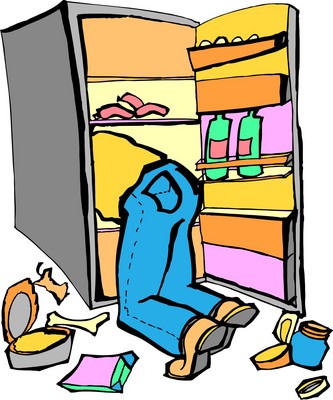“You can make all your lunches for the week on Sunday, and save a lot of time.” “Get some containers so you can make large batches of food, then store and freeze to have some easy meals available.” “You can can vegetables and fruits in season, and enjoy them year-round.” I mean, who does that stuff now? Or ever?
On Sunday, when I was working for a living, I was always busy finishing up a more significant project than sandwiches. Mystery boxes in the freezer have never particularly appealed to me. And canning should be done as art, and not as an economic exercise.
Plan about half the meals for the week before you shop (the rest will take care of themselves), and buy stuff for those meals. Then make them, while the stuff is fresh. If you end up with some leftover that will be good the next day, then you have saved some time and cleanup. But don’t cook to make leftovers. Cook so you can enjoy all the delicate and perishable flavors right off the stove. If you want frozen leftovers, most grocery stores now have at least two aisles of them.
Many product development organizations seem to be following strategies like the ones I opened with, above. Always cooking for the future, when all you’ll have to do is open the freezer and pull out the product you need. Design teams may try to include all sorts of hooks for future upgrades and interfaces for interoperability with future products. Sure, it takes twice as long to develop a product that is more complicated and less reliable, but the plan is that it’s ready for the future.
Alas, that future rarely comes. The reality of evolving customer preference and competitor pressure drives you into a different future that you didn’t anticipate. And the product you now have in the market was a year late, is hard to use and gets bad reviews. Design for now, and deliver it now.